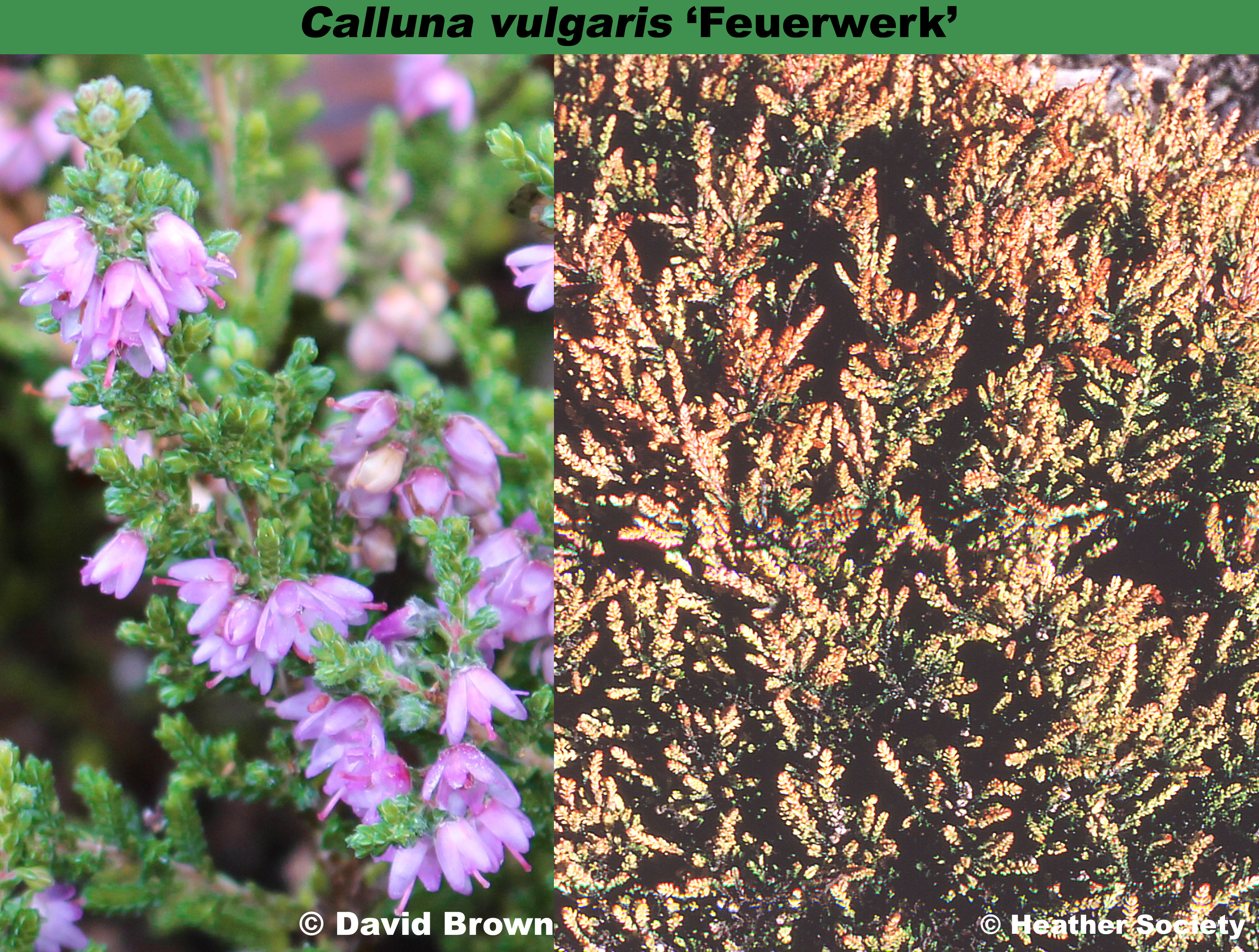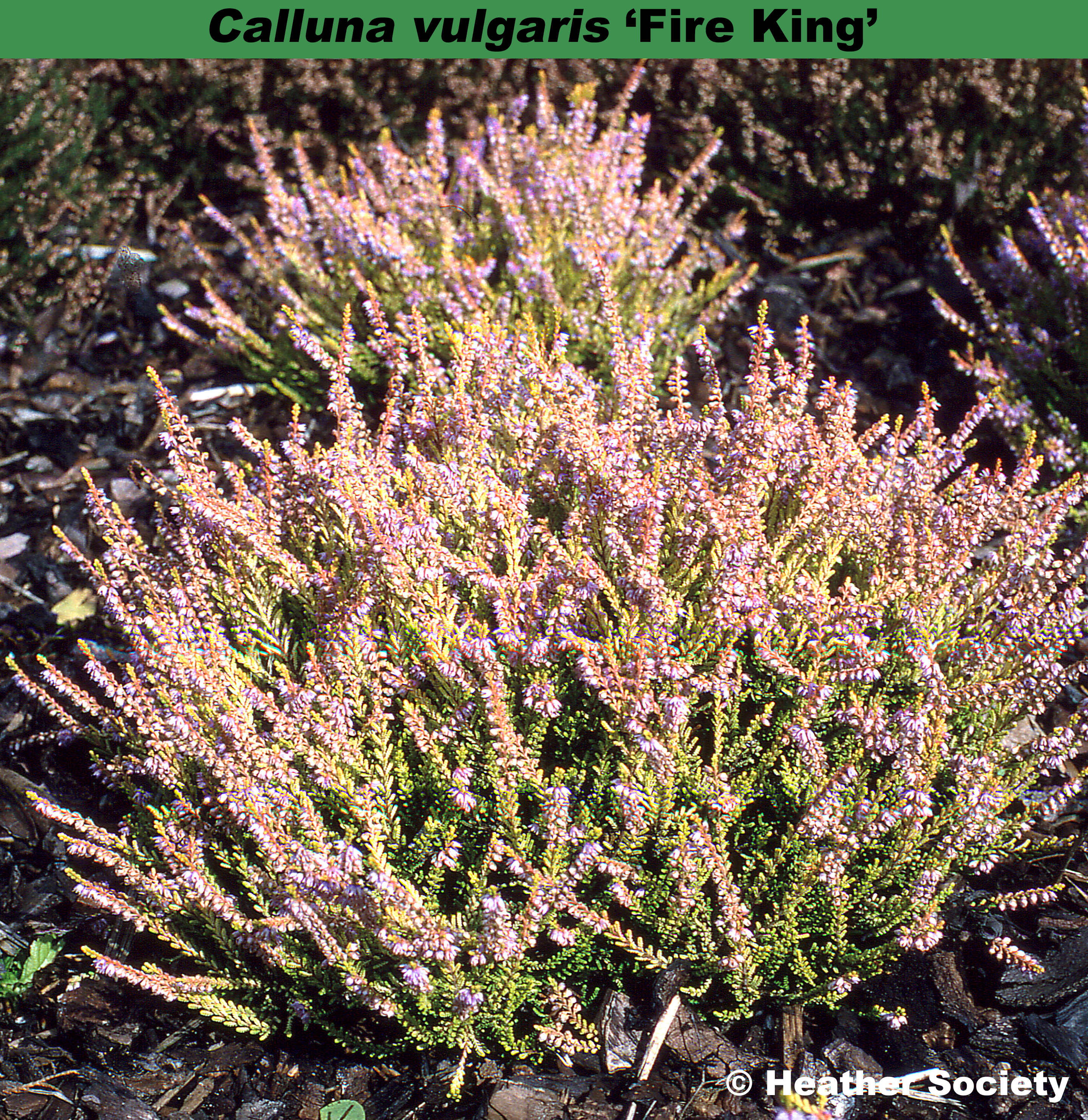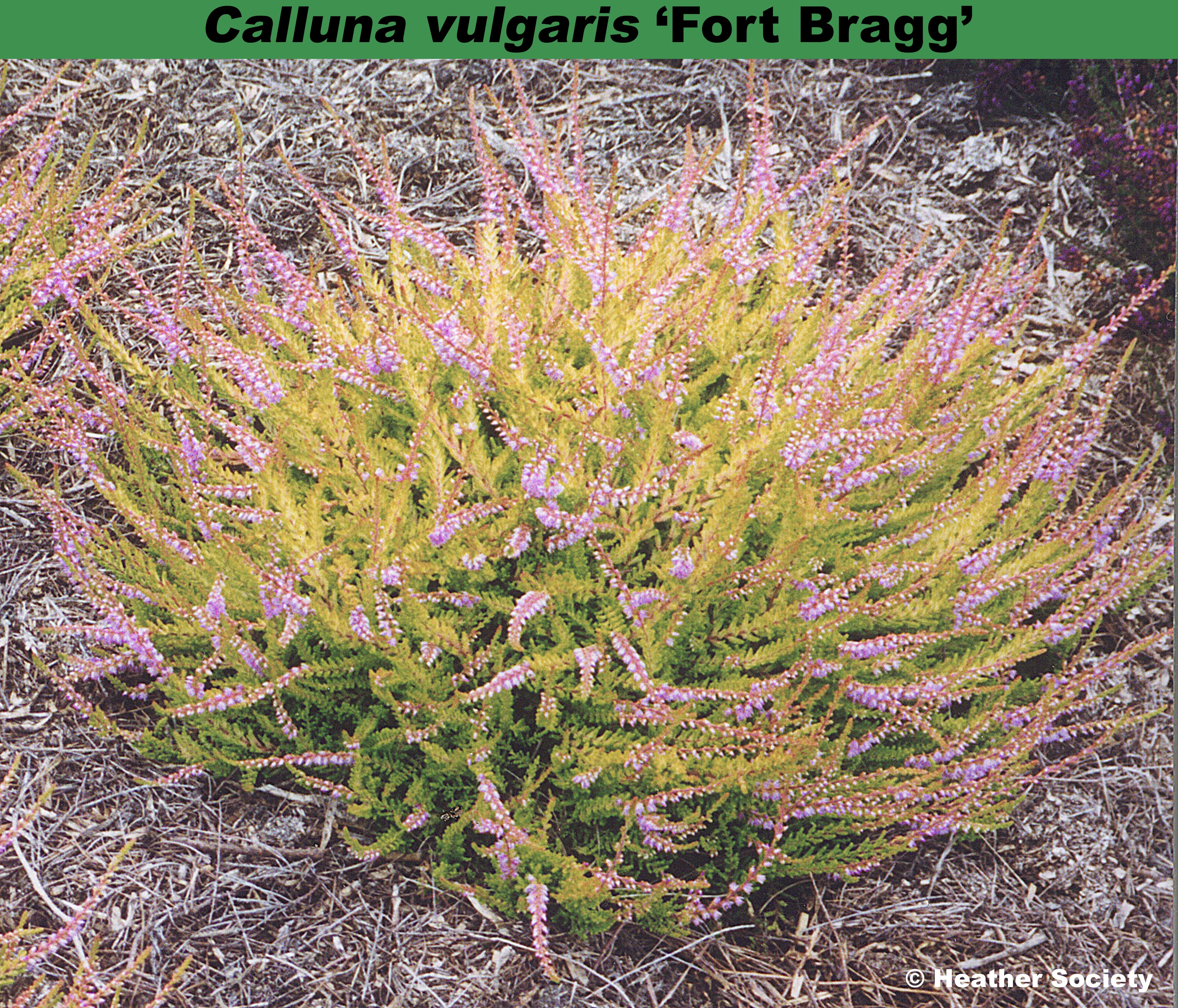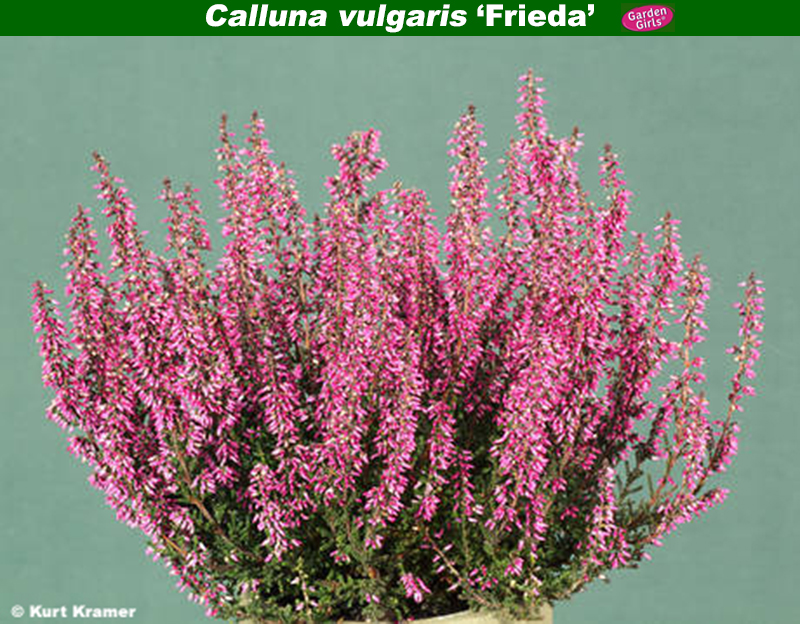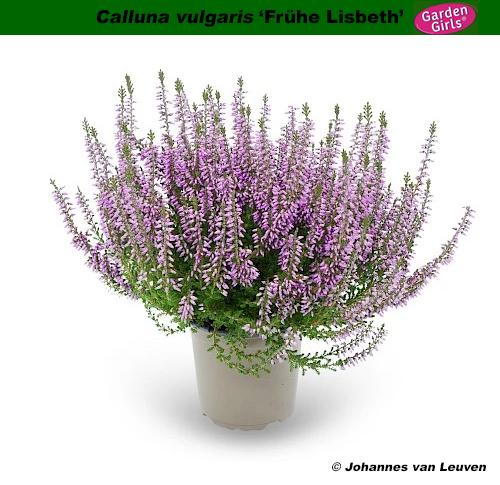Mauve (H2) flowers, VIII–IX; pale straw-coloured foliage in summer, turning orange in winter; compact; height 16–20cm; spread 31–45cm.
Found by J. W. Sparkes (Beechwood Nursery, Beoley, Redditch, Worcestershire, England); introduced by J. W. Sparkes about 1966.



